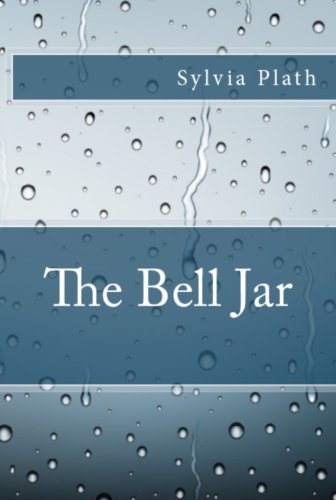This post, by Steven Ramirez, originally appeared on his Glass Highway site and is reprinted here in its entirety with his permission.
A few of my colleagues have been commiserating lately in various social media circles about the one-star reviews they received for their books. I am in complete sympathy with them. I’ve had my share of nasty comments over the years. Because of this, I always do my best to comfort these sensitive souls. Truth is though, the lovely, caring artists filled with God’s gift for stringing words together in a way that amazes need to, well, man up.
How, you say, can I be so callous? Trust me, it’s not that hard. I’m sitting here alone in my office writing this piece with no audience to glower at me disapprovingly. I’ve got all kinds of chutzpah when I’m by myself. Besides, I’m in a basement, and it’s about fifty degrees down here. I could keep turnips fresh for months. If we were having this conversation in person though, say at a nice warm Starbucks, I might be a little more inclined to be nice.
Anyway, the thing is, there are trolls out there. Don’t ask me where they come from or why they feel the need to destroy another person’s months or even years of labor by making snarky remarks meant to illuminate their own questionable wit rather than provide honest, intelligent feedback. But there you have it. Know only that they exist. Like piles.
The Need to Feel Superior One author wrote recently that one of her book covers had—without her permission—been uploaded along with other covers to a sort of online wall of shame. The perpetrator even had the temerity to say that he would be more than happy to design a “good” cover for her and for all the rest of these poor hapless authors who had obviously gone astray in the cover design department. Unfortunately, the author decided to go after this person, and he retaliated by getting his friends to generate a bunch of—you guessed it—one-star reviews for her books. Ouch.
Personally, I’d love to know how much business this marketing genius actually drums up for himself using tactics not seen since Watergate. One thing’s for sure, I wouldn’t hire him to decorate the cupcakes for my daughter’s Bat Mitzvah, were she Jewish.
To me, this is simply a case of someone needing to feel superior by denigrating the hard work of others. It’s not professional, not wanted, and has no place in online commerce. Period.
The Need to Compete There are well known stories of authors—some of them successful—who write sock puppet reviews, singing the praises of their own works while eviscerating those of “the competition.” One best-selling author was recently found out. Check this out. Hey, it’s business! No, it’s stupid.
I am getting my own novel ready for publication, and I have nothing but admiration and good cheer for other writers who have already published their books and are seeing brisk sales. Why? Because I know how much work goes into a book. And because it helps all of us. This is a community, after all.
The Need to Be Unhappy Then there are those who write bad reviews—often without even reading or at least finishing the book—because they themselves are miserable. This makes no sense to me at all. If I have a headache, I take Ibuprofen. I don’t whack the guy next to me over the head with a wet sock puppet in the hope that somehow my pain will go away.
What’s maddening about these people is there is nothing to be gained whatsoever. No money, no fame. Nothing. They are just being mean.
The Need to Face the Truth This is a tough one. Maybe—just maybe—the one-star review is (gulp) deserved? Especially if most of the other reviews are lousy. It means you wrote a lousy book. In that case, you need to step back, regroup and try again. Maybe it is that awful book cover. Or maybe the book needs some serious rewriting. In any case, a work would have to be pretty bad to warrant one star. I mean any book in your friendly airport Hudson News is worth at least two stars, am I right?
Which brings me to my theory about one-star reviews. I’m no statistician, but it seems to me that readers might just be treating one-star reviews as patently fake anyway. I don’t know about you but when I see a one-star review, I tend not to put a lot of stock in it. For me it screams, “I was having a bad day when I wrote that!” I would hope that other readers are doing the same.
But what about those trolls? The ones who are going against the tide of good reviews, essentially throwing dog poop on an otherwise pristine basket of daisies? Two words. Ignore them.
And with that, here’s some troll humor.







